Kingdoms of Amalur: Reckoning hit store shelves during a time when Bethesda was arguably at the height of its powers. The publisher was still riding high after the release of Fallout: New Vegas and the behemoth that was Skyrim. Bethesda’s money-makers were key players in fueling the content obsession, a trend that Reckoning was looking to capitalize on. The involvement of Spawn creator Todd McFarlane, an intrepid score by the famed Grant Kirkhope, and hundreds of hours of content to satiate the starving, post-Skyrim market — the game was primed for success. Sadly, it would go on to earn the title of 2012’s underrated gem and become one of most criminally overlooked games of the seventh console generation.
The release of the RPG underdog was to be the first step for Project Copernicus, laying the groundwork for a future MMO set in the same universe. While the timeline ended prematurely, THQ Nordic saw fit to remaster the cult classic for modern audiences to enjoy — now Kingdoms of Amalur: Re-reckoning. But in the eight years since the game’s golden reputation entered the public consciousness, Reckoning has not been aging gracefully. Its combat remains more than serviceable, yet its storytelling, side quest selection, and unwillingness to trim the excess leave it miles behind its modern competition. It’s that very desire to overload the experience that is its undoing.
Me against the world
Reckoning was certainly not famous for its visuals, but the disparity has only gotten wider. The differences are subtle; it was only when I compared footage between the original and remaster that I could appreciate the changes. KAIKO Games, responsible for the recent Red Faction: Guerrilla and Darksiders remasters, made improvements to texture resolution, materials, UI, and more. I could’ve easily looked past my initial disappointment had I spent less time battling rocky frame rates, falling victim to frequent crashes, and struggling to overcome various bugs as well. Kirkhope’s fantastical yet familiar score is a small consolation, yet even that slips into the realm of generic along with the rest of the game.
Given its ties to MMOs, it seems right to resurrect the term “single-player MMO,” as the label suits the game almost too perfectly. It plays just like your favorite MMORPG, only with the all-important social emergence stripped from the experience. It is a lonely game, even if it tries its damnedest to convince you otherwise. You are the Fateless One, free from the binds of fate that govern the lives of every living being in Amalur. And as the Fateless One, you have the agency to do whatever it is you want, as long that includes overthrowing the leader of the Tuatha Deohn and saving the world. Your choices matter, on occasion. The world is your oyster, though you have little incentive to take the roads less traveled.
More is less
Characters are buckets overflowing with exposition just waiting for you to tip them over. They are nothing but awkward mouthpieces for lore and storage units for quests. Any attempt at depth can come in the form of notes, letters, books, but never through any meaningful interactions. It becomes difficult to stomach so much text, so much lore. In the introductory cutscenes alone, the game drops an absurd amount of jargon, as if it’s possible to retain any of it without involving the player in some capacity. The copious amount of exposition contributes to a hyper-detailed setting, with little room left for the player to find their place in it.
The Faelands, where the player calls home, is broken up into a series of flat zones with their own towns, camps, and enemies. The one through line: everyone wants someone else dead. The Faelands is also home to a huge helping of side quests. And beyond the main storyline and faction storylines, every quest plays out in a similar fashion with virtually no decision-making. They are the fetch quests and kill quests that we have learned to loath since 2012. Growing to care about the character’s struggles is next to impossible when the task ahead of you is as cookie-cutter as they come. No matter the NPCs’ concerns, the answer to most problems is to head into a nearby instance, kill some monsters, then leave.
Time is money
Of course, these quests aren’t inherently bad. The side quests in even the most revered RPGs, from The Witcher 3 to Skyrim, consist largely of kill quests. What is exceptionally drab about Reckoning’s quests are their overly predictable nature. There are no surprises and no uncertainties to keep my mind alert and me engaged. All this on an already lingering feeling of dissociation. As I became numb to the quest structure, I began paying less and less attention to the stories — it became a chore. Reckoning faces a substantial quality versus quantity dilemma. The decision to shove the entire lore bible into the experience via side quests comes at the cost of more memorable content.
The main storyline, provided you do a few dozen side quests to stay appropriated leveled, should eat up around 20 hours. The two included DLCs have about a dozen hours in them, while the faction storylines run for a couple hours each. None offer the most compelling gameplay or vastly improved set pieces, but for a tour through Amalur, there is no better route to take. It’s the perfect amount of content to explore the combat and arrive at your perfect build.
Sword and sorcery
Reckoning’s combat is simple to grasp and fun to master. It takes cues from spectacle fighters and hack-and-slashes, condensing combos down to only a few button presses. Of the nine weapon types, you can equip two and can swap between them mid-combat. Three weapons are tied to each of the three ability trees: finesse, might, and sorcery. As you level up and invest points into each tree, you unlock new passives and abilities that complement your weapon or expand their movesets. Thanks to the power of keyboards, moves can assigned to a hotkey and cycled through easily, making combos a breeze.
Your standard weapon attack is tied to a single button, with a second button for using your currently selected ability. Abilities are also on cooldown, on top of draining your mana. The game rewards experimentation and diverse combos, providing you with faster fate meter regeneration. Fate, when the meter is full, can be used to enter Reckoning mode, essentially slowing down time and giving your attacks bonus damage. You can end reckoning with a finisher, called a Fateshift, which stylishly executes your foe(s) and grants bonus experience.
For utility, a dodge roll is provided that takes you out of harm’s way when you can’t interrupt your opponent. You can also bring up a shield-type piece of equipment to block incoming attacks, provided it can absorb all the damage. It’s still fairly easy to get clipped while dodging and shielding, but it’s definitely worth the attempt since you’re incredibly susceptible to stunlocks. Recovering from a blow takes a few fractions of a second too long, and against multiple foes, you can easily lose your entire health bar. Recovery times are a touch too slow for my liking, especially with the introduction of ranged enemies.
The bigger picture
Even if facing multiple ranged enemies is a little unfair for certain builds, my true nemesis is the camera. It’s hell-bent on ensuring that you lose track of your character during crowded encounters. Whereas most cameras try to place you at the center of the screen, Reckoning’s camera zooms out as to fit every combatant on the screen at once — even if that means your character is hugging the edge of the screen. It’s utterly disorienting, and I have to admit that during a handful of encounters, I was questioning why an NPC fighter was moving to my inputs.
As you level up and spend points into the three ability trees, you begin unlocking destinies, which serve as the game’s classes. Each one provides passive buffs best suited for the weapons and abilities that you’re likely to focus on. You’ll also earn one skill point per level, which you can allocate to talents like lock-picking and persuasion that change how you interact with the world around you. For the best gear in the game, crafting-oriented skills are vital.
Much of the loot in the game can be broken down or combined to create more powerful gear. Navigating your inventory and various crafting menus is an absolute nightmare. The menu UI is among the worst I’ve ever seen in a modern RPG. The remaster missed a perfect opportunity to iterate on one of the most outdated aspects. Even so, I had to power through, reviewing the items I had gathered to create new gear for myself. You can even name your new gear after crafting it!
The future of Amalur
Kingdoms of Amalur: Re-reckoning is a handful of solid gameplay systems trapped in a world that’s lost its magic. There’s plenty to play with as far as combat and crafting are concerned, but the game is defined by its decision to choose quantity over quality. It is yet another example of a game that doesn’t benefit from an open world, and definitely not from an extra hundred side quests. The remaster does little hide the game’s age which its flaws already betray. Next year will bring with it a new expansion to the game, titled Fatesworn, which hopefully will trim the fat and provide a compelling, action-focused experience.

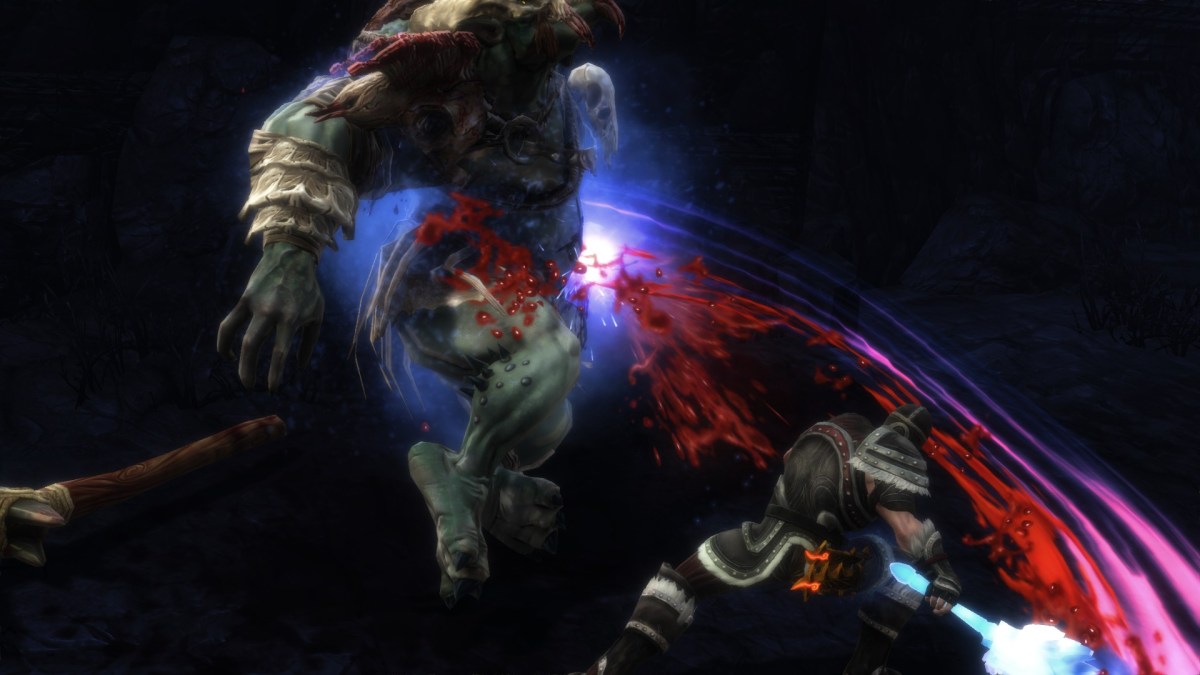
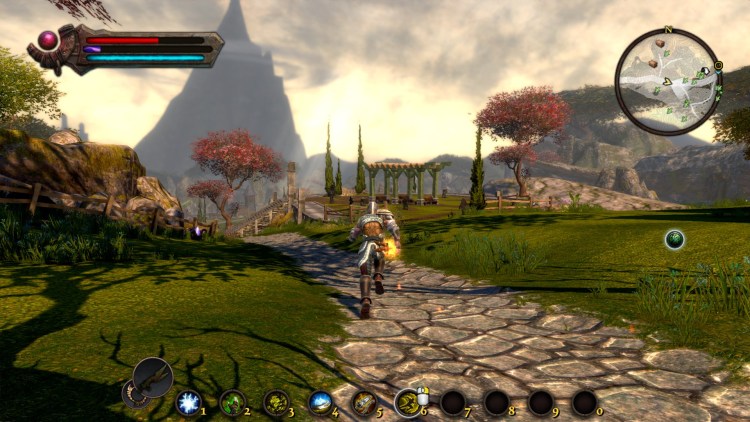
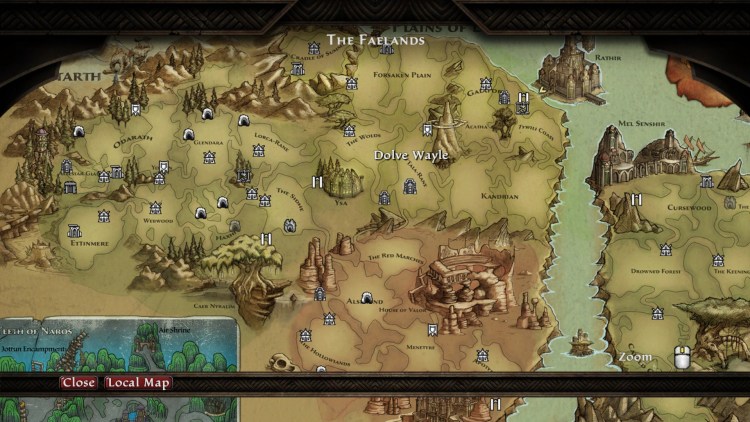
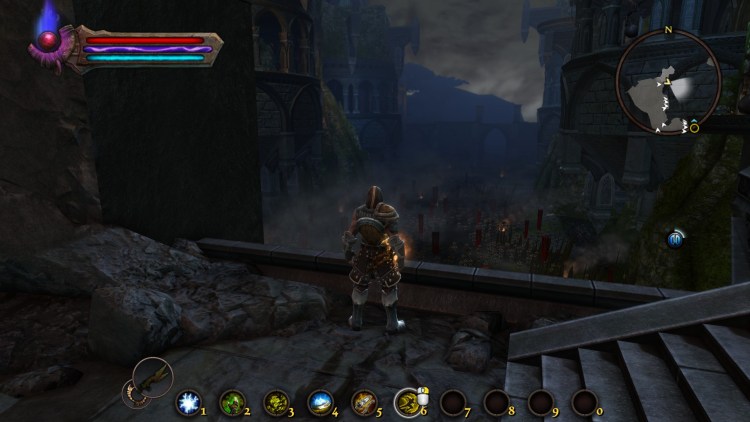
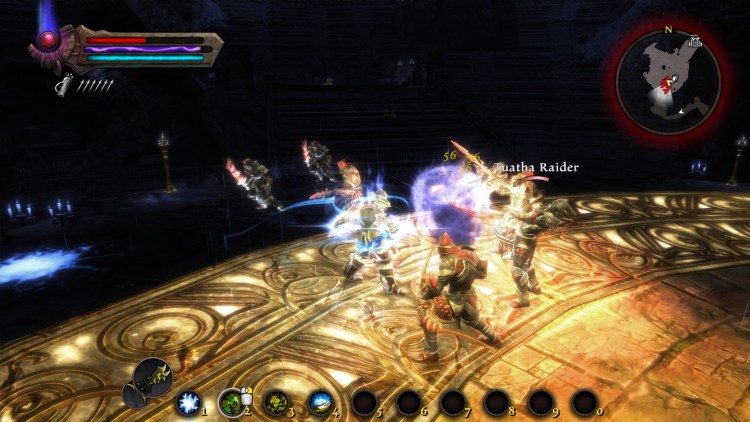
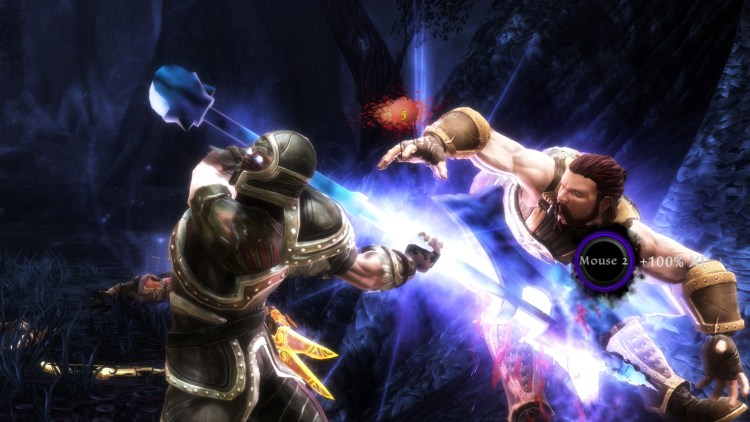
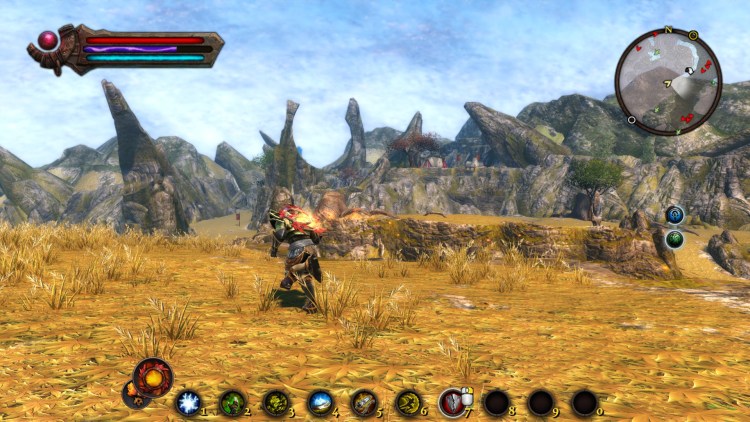



Published: Sep 7, 2020 01:30 pm